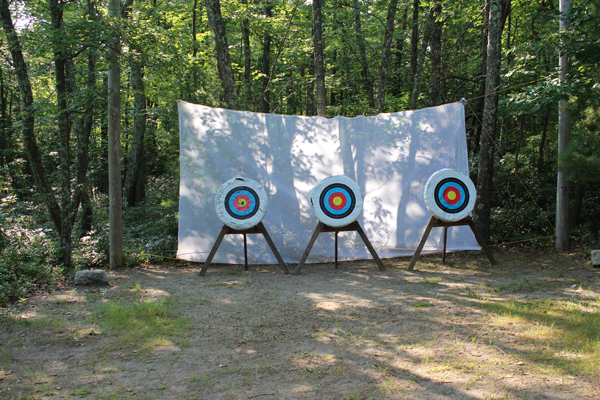The Saraya
This old white stone building sits hilltop off Aliyah Bet Street. Some
300 years old, the Saraya has witnessed much of Zefat’s history, times
of glory and of fear.
At the start of the 18th century, D’har El Omar, a powerful Bedouin
Sheikh, took control over the Galilee. The chose a hilltop in Safed
and then built himself a large and magnificent living place for
himself and his family. This was the Saraya.
The Saraya Under The Turks
Upon the conclusion of D’har El Omar’s rule in the late 1700s, the
ruling Turkish authorities, who controlled the area from 1517 to the
beginning of the 20th century, captured it. The Saraya then stayed
under Turkish rule until the collapse of their empire and the start of
the British mandate’s control in the holy land. But approximately 100
years after the Turks captured the Saraya, it was documented in a
British survey as being referred to as the ‘Turkish Han.’
Over the years, the Saraya began to crumble and fall into disrepair.
However, at the end of the 19th century, the building was newly
renovated and restored to its original grandeur at the hands of the
Turks. It was also properly given the name “The Saraya.”
The Saraya then began to serve as the central headquarters of the
local governing Ottomans (Turks). And at the turn of the 19th century,
the clock tower, which still stands today, was built in honor of Ebid
El Haamid II, the reigning.
British Central Command
Then, in the aftermath of World War I, the British took control over
Palestine and the Saraya was made it into the headquarters of British
legislation and power in northern Palestine.
During the riots of 1929, the British held the Jews here to protect
them from the Arabs, although some were killed from sniper bullets
while taking refuge here. For three days, the Jews huddled in fear
while the Arabs plundered the Old City.
The British wanted to evacuate the Jews from Safed, but the Jews
refused to leave and soon forced their way past the British guards.
They returned to the rubble of their destroyed homes. After the
British left and just before the War of Independence, the Saraya
became the Arab’s high seat of regulation.
Israeli Army Headquarters
On January 4, 1948, a historic day for the city of Safed, Lehi
fighters managed to blow up the building. By doing so, they were able
to break a link in the Arab’s chain of command.
After the War of Independence, the Saraya was rebuilt. It had many
functions, from being the Israeli army headquarters to a home for
pensioners.
A Community Center Today
In 1975, the Saraya was properly restored and finished, thanks to the
help of Sir Isaac Wolfson and his wife Edith. Sir Isaac was a very
prominent philanthropist and benefactor to Israel. The building was
then renamed “The Isaac and Edith Wolfson Community Center.”
Today, the Wolfson Center serves as home of the Noam synagogue, which
is functional both on Shabbat and during the week. It also houses a
music conservatory, offers Hebrew classes for new immigrants and a
museum on Jewish life in Hungary before the Holocaust. The Saraya
Courtyard is also used for outdoor concerts where music lovers can
listen to live music echoing off the old stone walls.
More recently, the bell atop the clock tower was restored. Chiming
across town every quarter hour, the bell is a charming reminder of
Safed’s rich and colorful past.

